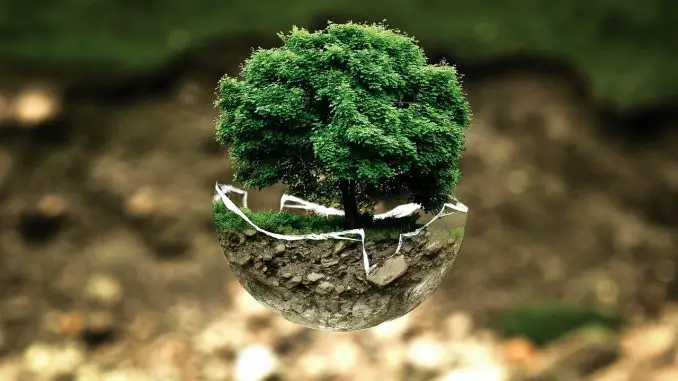
The greenhouse effect and its consequences
Everyone is talking about the greenhouse effect now, but what does it really mean? The sun’s heat is trapped in the earth’s atmosphere by greenhouse gases such as water vapor, carbon dioxide, methane, nitrous oxide, ozone and chlorofluorocarbons.
Without it, the earth would be considerably colder than it is today. But a good balance is vital. Too much is as bad as too little. In recent times, humans have produced large amounts of greenhouse gases, especially carbon dioxide and methane, and this has disturbed the balance. If it is continued, it will be catastrophic.
The Earth’s atmosphere keeps getting warmer, like a glassed-in greenhouse on a sunny day. In the end, it gets too much and the plants are damaged. This is what you mean when discussing the greenhouse effect. In contrast to water vapor, many greenhouse gases remain in the atmosphere for many years.
Carbon dioxide (CO2) and methane (CH4) are the two greenhouse gases that cause the greatest concern. Carbon dioxide has the greatest environmental impact as it is released in such large quantities. Each time fossil fuels are burned, carbon dioxide is released. Methane is released by refining and natural gas refining but also by livestock and landfills. When it comes to keeping the sun warm, some scientists believe that methane is even worse than carbon dioxide because methane holds the sun’s heat even more efficiently than carbon dioxide. Plus atmospheric methane decomposes to carbon dioxide.
Where does it come from?
Common modes of transport such as aircraft and trucks burn fossil fuels at the same time as many power plants. Coal and natural gas are also fossil fuels. Tourism with its accompanying travelers accounts for a lot of emissions. Much plastic is made from fossil fuels. And when the sun shines directly on certain types of plastic, the plastic emits methane.
Incidentally, irresponsible forest felling accounts for large CO2 emissions. In many cases, you cut down the forest faster than new trees grow and in many parts of the world, only harvesting is ongoing and very little planting of new trees. This is regrettable, as forests can hold a large amount of carbon dioxide.
When it comes to greenhouse gas emissions in agriculture, it is often livestock, especially cattle, that are referred to as environmental cages. But methane from rice cultivation and eutrophication of arable land accounts for a lot as well. And many modern agricultural machines, such as tractors, run on fossil fuels.
Volcanoes also produce CO2 as a natural part of the earth’s carbon dioxide cycle. This was not a problem until humans released carbon dioxide into the atmosphere in much greater quantities than is produced by the earth’s natural cycle.
Effects of the greenhouse effect
As global average temperatures rise, heat waves are becoming more and more common. And, as climate change becomes more extreme, already arid areas can be turned into deserts. If the drought leads to malnutrition, people will not have enough food. Poor access to food and clean water will lead to conflicts.
Melting of large ice masses, such as glaciers and ice sheets, is already leading to rising sea levels. An increase in the global sea level from about 26-55 cm to about 45-86 cm is expected by the year 2100. As the earth warms up, the sea becomes increasingly hot, which leads to larger and more powerful hurricanes. Extreme weather in general is becoming commonplace. If humanity does not drastically reduce greenhouse gas emissions in the near future, future generations will have a bleak future.
Leave a Reply